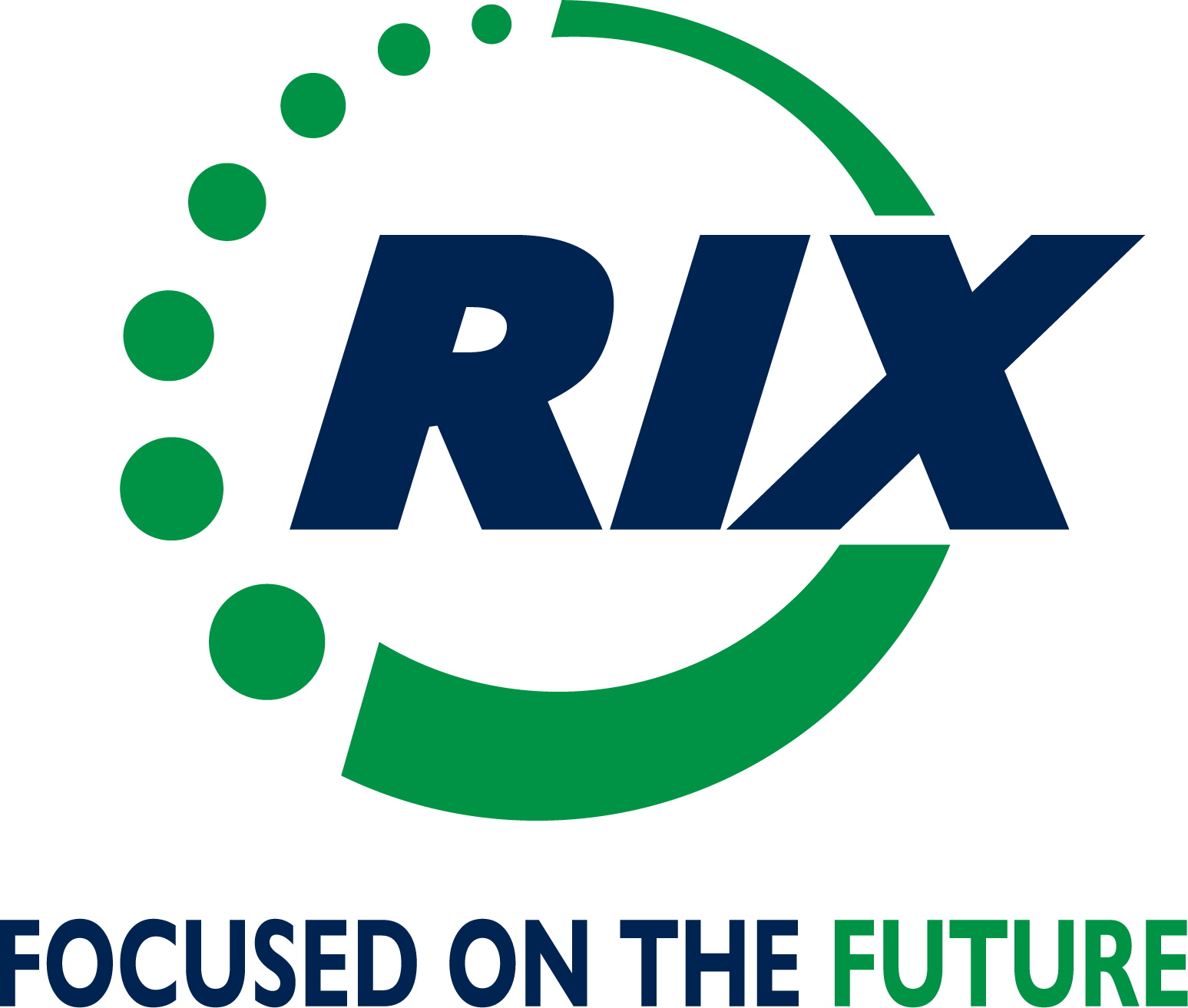Hydrogen Brings Sustainable Power to Critical Infrastructure
Clean backup power adds resilience where and when it’s needed most

An effective critical infrastructure has no room for error, no time for a lapse in service, and no tolerance for inefficiency. In this landscape, hydrogen backup power is poised to make a difference in both the overall stability and the environmental performance of our nation’s most critical applications. These arenas include physical and virtual assets that are critical to national security, economic health, and public safety – their power solutions must be more than risk-averse, they need to foster resiliency, non-stop performance, and sustainability in the face of steadily increasing service demands. Quiet, clean, low carbon, and high reliability – hydrogen-on-demand is a breakthrough in clean, sustainable power.
Why hydrogen and why now? Sectors like communications, finance, defense, energy, transportation, water and wastewater systems, emergency services, and information technology all rely on ready availability of power, not only to operate but to perform to perfection. In recent times, we’ve seen just how critical this infrastructure is. Think Texas power grid…When infrastructure fails, people suffer. Add public pressure to “go green,” government mandates intent on decarbonization, and infrastructure operators have a multi-layered challenge ahead. Hydrogen may once have been considered impractical due to costs and complexity, however recent advancements have simplified its generation, storage, and use. Methanol reforming technology has breathed new life into hydrogen availability– a clean power source that is now easily generated on demand. This delivers the same value and purpose as a large tank of pressurized, pure hydrogen, but without the challenges that were once roadblocks to largescale hydrogen integration.
Methanol, a widely available and commonly used alcohol, can be catalyzed into fuel cell grade hydrogen as needed, often without overhaul to existing fuel storage systems or their footprint. It offers a safe and versatile fuel strategy that extracts hydrogen from methanol and leaves behind only pure water. Stored compressed hydrogen – and its accompanying heavy footprint and requirement for storage at minus 253° Celsius – becomes unnecessary, eliminating a significant cost and complexity barrier. Today, the methanol-to-hydrogen chemical process can be achieved using self-contained, scalable cabinet power solutions. These modular systems have broken new ground, blending methanol-to-hydrogen generator technology and PEM fuel cells to support fuel cell solutions ranging from 10kW to 100kW. Multiple systems can then be combined to support MW applications, all with high energy efficiency (>80%), and reduced space and weight requirements.
Reliable, green backup power that is always available? Yes, but hydrogen’s benefits go far beyond climate objectives. Coupled with its ability to deliver scalable power reserves that can keep critical infrastructure up and running 24/7, hydrogen-on-demand offers a path to endless power, assuring grid independence in times of crisis. It’s a turning point in critical infrastructure operations, offering a smart strategy for public sector operators charged with maintaining the resilience and network reliability of the nation’s communications infrastructure. Reliable power is everything, and fault-free performance is what protects other closely related critical sectors across the nation. An on site and on demand hydrogen strategy takes us a leap ahead in this effort, reducing jeopardy for the systems that keep our society, economy, and people safe and functional.
Contact us to learn more about our methanol-to-hydrogen gas generator systems.











